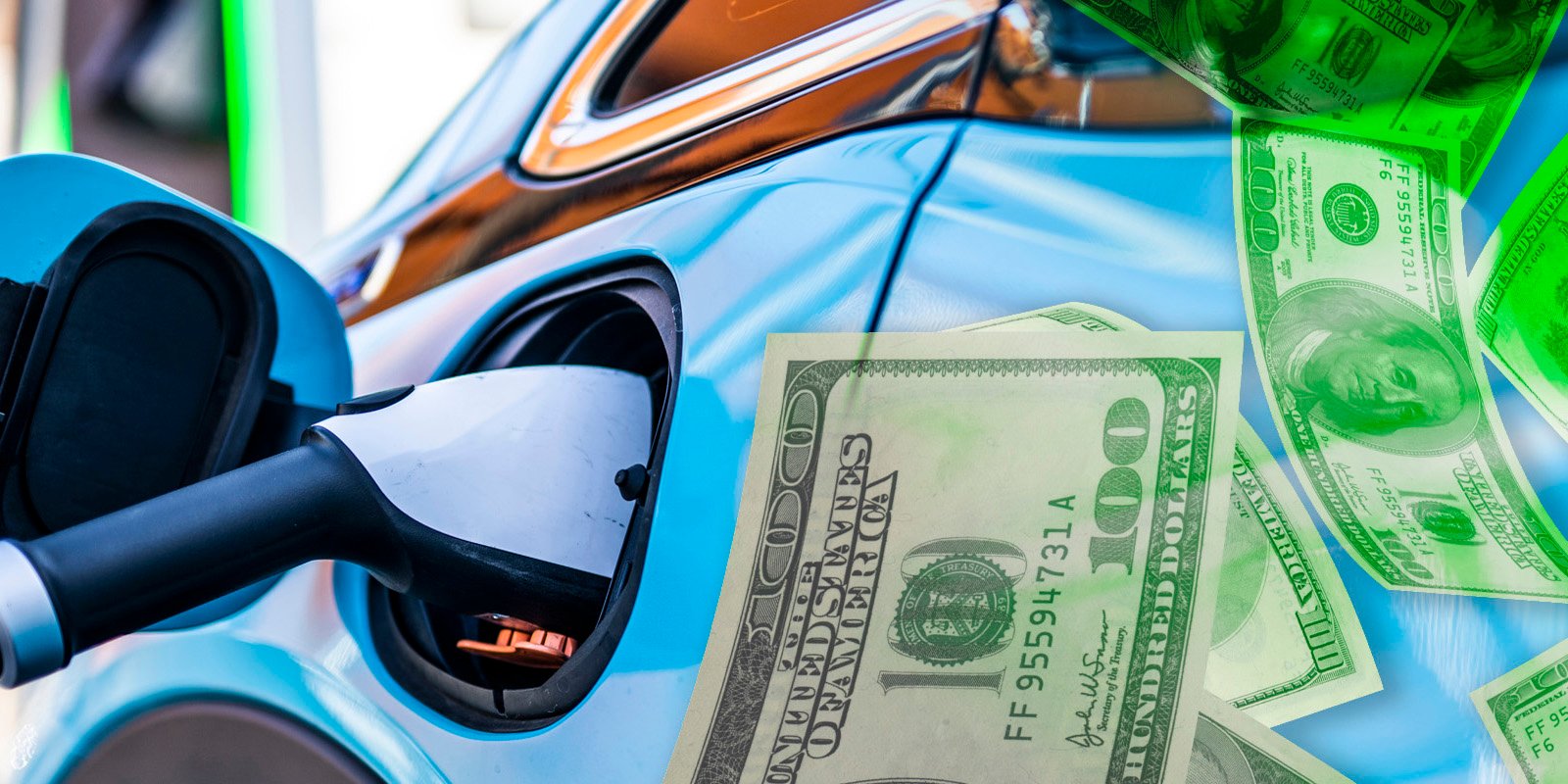
Final Clean Vehicle Credit Regulations Clarify Diligence and Tracing Rules
The Department of Treasury, the Internal Revenue Service, and the Department of Energy finalized guidance on the requirements for new and used clean vehicles to be eligible for federal tax credits.
The Inflation Reduction Act of 2022 allows certain taxpayers to claim a tax credit for purchases of qualifying new clean vehicles (up to $7,500 per vehicle) and previously owned clean vehicles (up to $4,000 per vehicle). Clean vehicles generally include electric vehicles, plug-in hybrid electric vehicles, and hydrogen fuel cell vehicles. New vehicles qualify for the credit only if they are powered by electric batteries that contain a threshold percentage of critical minerals that were extracted or processed in the United States or in the jurisdiction of one of its free trade partners (or recycled in North America) and a threshold percentage of battery components that were manufactured or assembled in North America. Additionally, no critical minerals or battery components may be sourced from a foreign entity of concern ("FEOC").
The final regulations, which are effective July 5, 2024 (except certain FEOC rules, which were effective upon publication), retain many features of the proposed regulations, with some modifications:
- The final regulations retain the requirement that vehicle manufacturers conduct due diligence for FEOC compliance for all battery components and applicable critical minerals. In a change from the proposed regulations, third-party suppliers generally may, like vehicle manufacturers, rely on attestations or certifications from their own suppliers.
- The final regulations finalize a transition rule from the proposed regulations, which provides that, before 2027, the FEOC restriction will not apply to certain "impracticable-to-trace battery materials." The final regulations identify certain critical minerals that will fall into this category.
- The final regulations include a new test—called the "traced qualifying value test"—for automakers to trace the sourcing of critical minerals. The new test requires manufacturers to determine the actual value-added percentage for each applicable qualifying critical mineral for each procurement chain. However, until 2027, manufacturers may continue to use the less stringent 50% value-added test from the proposed regulations (generally requiring manufacturers to look to the locations where 50% or more in value was added to the critical mineral).
The critical minerals requirement, battery components requirement, and FEOC restriction require due diligence processes and analysis of supply chains to ensure the applicable requirements are satisfied. Manufacturers seeking to allow their customers to take advantage of the clean vehicle tax credit will need to ensure diligence, verification, and supply chain analysis processes are in place so that their vehicles meet the applicable statutory and regulatory requirements.








